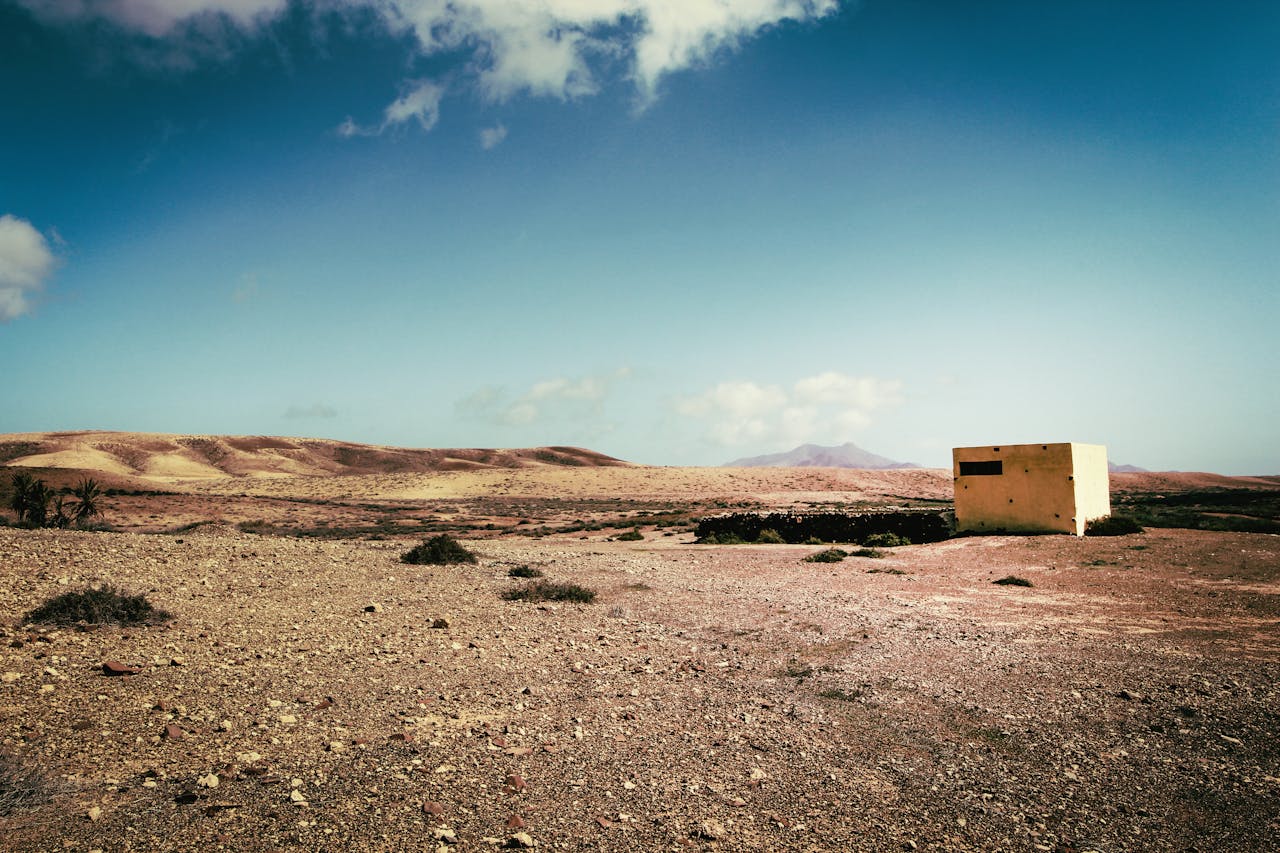
Pakistan’s characteristics of the soil are labeled as pedocals, which contain a dry soil organization with high concentrations of calcium carbonate and low content of organic matter; they are features of land with low and erratic precipitation. The main soil groupings are Indus basin soils, mountain soils, and sandy desert soils.
WHY IS SOIL IMPORTANT IN PAKISTAN?
Soil plays an important position in Pakistan’s socio-economic improvement, in most cases due to the significance of agriculture inside the country’s economic system.
WHAT ARE THE TYPES OF SOIL IN PAKISTAN AND THEIR CHARACTERISTICS:
Red Soil:
They were predominantly observed inside the Potohar Plateau, parts of Punjab, and some regions of Sindh. Red soils are regularly rich in iron and aluminum oxides, giving them their functional color. they are able to vary in fertility and drainage abilities.
Desert Soil:
They are observed in arid and semi-arid regions which include the Thar desert in Sindh.
Those characteristics of the soil are often sandy and absent natural count. They’ll additionally have high salinity stages, posing challenges for agriculture.
Mountain Soil:
Present in hilly and mountainous regions just like the northern regions (Himalayas, Karakoram, and Hindu Kush ranges). Mountain soils are diverse, ranging from well-drained loamy soils to stony and shallow soils. They may be inspired by way of the discerned rock material and might have varying fertility levels.
Clayey Soil:
Scattered in specific areas. Clayey soils have great particles and can keep water nicely. They can be fertile but can also face demanding situations including bad drainage and compaction.
Loess Soil:
Found in a few regions of Punjab and Sindh. Loess soils are wind-blown deposits characterized by way of their silty texture. They may be fertile and are often used for agriculture.
Alluvial Soil:
Discovered in the plains of the Indus River and its tributaries. Alluvial soils are commonly fertile and nicely-drained, making them suitable for agriculture. They vary in texture from sandy to clayey.
Saline and Alkaline Soil:
Located in regions where waterlogging is common, leading to the accumulation of salts. Examples encompass components of Sindh and Punjab. Those characteristics of the soil have high degrees of salt and may require unique control practices, which include leaching, to make them appropriate for agriculture.
IS THE SOIL IN PAKISTAN ACIDIC OR BASIC?
The pH of the soil in Pakistan varies across specific regions because of various climatic and geological situations. The pH scale levels from 0 to 14, with values under 7 taken into consideration acidic, 7 neutral, and values above 7 basic (alkaline).
Alluvial Soils:
Alluvial soils in Pakistan frequently have a slightly alkaline to neutral pH, ranging from 7 to 8.5.
Red Soils:
Red soils in Pakistan can vary, but they’re regularly barely acidic to impartial, with a pH range of 5.5 to 7.5.
Desert Soils:
Soils in arid and semi-arid areas, inclusive of the Thar desert, may showcase alkaline pH values, ranging from 7.5 to 9.
Mountain Soils:
pH degrees in mountainous areas can vary extensively. The soil pH may also range from slightly acidic to neutral, depending on factors together with the type of rocks and flowers.
Saline and Alkaline Soils:
Saline and alkaline soils, often related to waterlogged regions, can have pH values of more than 8.5, indicating robust alkalinity.
Loess Soils:
Loess soils in Pakistan may additionally have a slightly alkaline to impartial pH, starting from 7 to 8.5.
WHAT TYPES OF SOIL IS FOUND IN PAKISTAN?
There are four main types of soil found in Pakistan.
- Clay
- Silt
- Sandy
- Loamy